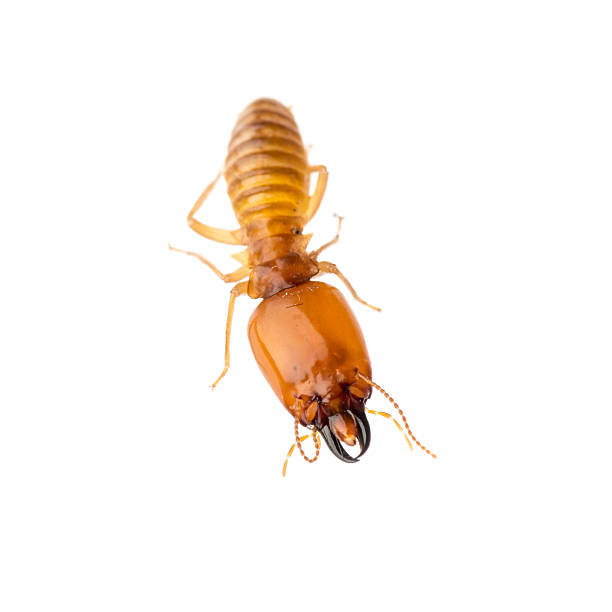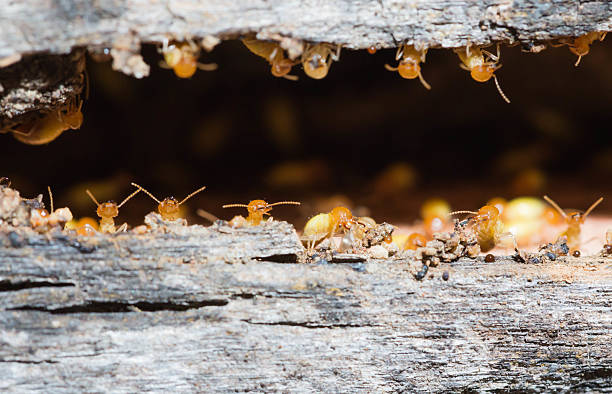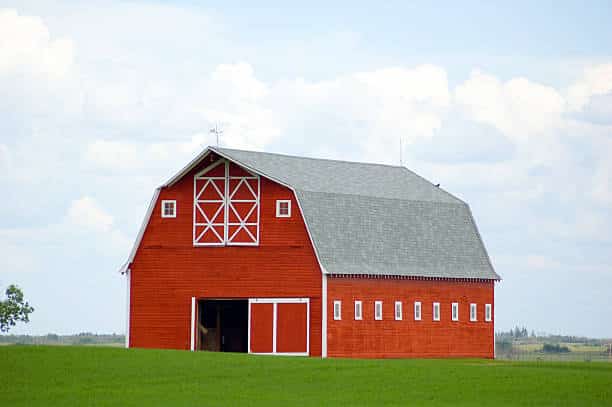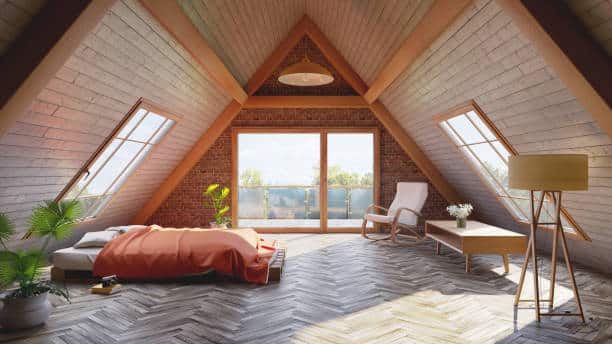This content is all you need if you’re trying to control termite damage. These effective strategies and insights will help you in controlling and preventing the potentially devastating impact of termites on your valuable wooden structures.
Table of contents
What Is A Termite?

Termites are small, highly organized insects known for their insidious ability to feed on cellulose-rich materials, particularly wood. Often operating in large colonies, these silent destroyers can wreak havoc on wooden structures and pose a significant threat to homes and other wooden components. Understanding their behavior and implementing preventive measures is crucial in protecting against termite infestations.
How Does Termite Affect Woods?

Termites primarily affect wood by voraciously feeding on its cellulose content. They tunnel through wooden structures, compromising their integrity and strength. This continuous feeding weakens the wood, leading to structural damage that may go unnoticed until significant harm has occurred. Termites also create mud tunnels for travel, providing them with concealed access points to further infiltrate and damage the wood within homes or other structures. Their relentless activity can result in substantial harm to the aesthetics and structural stability of wooden elements.
Why You Should Avoid Termite Infestations
Termites pose a significant threat to the structural integrity of buildings and wooden components. These insects are relentless in their consumption of cellulose, the main component of wood. As termites feed, they create tunnels and galleries within the wood, weakening its structure over time. Left unchecked, this damage can compromise the stability of floors, walls, and even the foundational elements of a structure, leading to costly repairs and potential safety hazards.
Termite infestations often go unnoticed until substantial damage has occurred. Termites are adept at operating discreetly, making it challenging for homeowners to detect their presence early on. By the time visible signs emerge, the extent of the damage may require extensive intervention. Regular inspections and preventive measures are crucial to identifying and addressing termite infestations in their early stages.
The financial implications of termite damage can be significant. Repairing and replacing wooden structures affected by termites can be a costly endeavor. Homeowners may face not only the expense of structural repairs but also the potential loss of valuable possessions and the diminished resale value of the property. Preventing termite infestations becomes a prudent investment in protecting both the physical and financial assets associated with a home.
Beyond structural concerns, termite infestations can impact the aesthetic appeal of a property. Woodwork and furniture can be irreversibly damaged, leading to the loss of cherished or valuable items. The meticulous efforts put into maintaining a home’s appearance can be marred by the destructive influence of termites.
Termite infestations can trigger health concerns. While termites themselves do not pose a direct threat to human health, the molds that often accompany damp and damaged wood can be harmful. In environments with high moisture levels due to termite activity, mold growth becomes a potential consequence, leading to respiratory issues and other health complications.
How To Avoid Wood Damage From Termites
Protecting your home from termite-induced wood damage involves a combination of preventive measures and regular inspections.
- Moisture Control:
– Termites thrive in damp environments. Address any water leaks promptly, fix drainage issues around your home, and ensure proper ventilation in crawl spaces to reduce moisture levels.
- Regular Inspections:
– Conduct routine inspections of your property, focusing on areas susceptible to termite activity. Check for mud tubes along walls, wooden structures, and foundations. Early detection is key to preventing significant damage.
- Timely Repairs:
– Address any wood damage or decay promptly. Repair or replace damaged wood, as it can attract termites looking for easy access to cellulose-rich material.
- Proper Wood Storage:
– Store firewood, lumber, and other wooden materials away from the foundation and raised above the ground. This minimizes the likelihood of termites finding their way to your home.
- Landscaping Considerations:
– Keep plants and mulch away from the foundation. Mulch, in particular, can serve as a food source for termites. Maintain a clear space between soil and wooden structures.
- Termite-Resistant Materials:
– Consider using termite-resistant materials for construction, especially in areas prone to termite infestations. Pressure-treated wood or naturally termite-resistant woods can be effective in deterring termite activity.
- Chemical Barriers:
– Professional pest control services can apply liquid termiticides to create a chemical barrier around your home. This acts as a deterrent and helps prevent termites from reaching the structure.
- Bait Stations:
– Install termite bait stations around your property. These can help detect termite activity early and provide a targeted means of control.
- Regular Professional Inspections:
– Schedule regular inspections by pest control professionals. They have the expertise to identify signs of termite activity and can implement preventive measures or treatment if necessary.
How To Control Wood & Termite Damage
Early Detection:
– Act promptly if you notice any signs of termite infestation. Early detection can prevent extensive damage. Pay attention to discarded termite wings, mud tubes, or wood that sounds hollow when tapped.
Moisture Management:
– Reduce moisture around your home by fixing leaks, improving ventilation, and ensuring proper drainage. Termites are attracted to damp environments, so controlling moisture is a crucial preventive step.
Seal Entry Points:
– Seal cracks, gaps, and entry points in the foundation, walls, and roof. This helps in preventing termites from gaining easy access to the wooden structures of your home.
Termite-Resistant Materials:
– Consider using termite-resistant materials for construction or replacing damaged wood with treated or naturally resistant wood. This makes it less appealing for termites to infest.
Chemical Barriers:
– Professional pest control services can apply liquid termiticides around the perimeter of your home to create a chemical barrier. This barrier deters termites and protects your property from infestations.
Bait Stations:
– Install termite bait stations strategically around your property. These bait stations attract termites and deliver a slow-acting toxic substance, which the termites then carry back to the colony, effectively controlling the population.
Wood Treatments:
– Apply wood treatments or coatings that contain termiticides to vulnerable wooden surfaces. This can act as a protective barrier against termite attacks.
Frequently Asked Questions
Look for signs like mud tubes along walls, discarded termite wings, or hollow-sounding wood. Regular inspections by professionals can also help detect early stages of infestation.
While some preventive measures can be taken independently, consulting with professionals for inspections and treatments is advisable for comprehensive termite control.
DIY methods include reducing moisture, using termite-resistant materials, and applying wood treatments.
Annual inspections are generally recommended. However, in areas prone to termite activity, more frequent inspections may be necessary.
Certain essential oils like neem oil and orange oil are known for their termite-repelling properties.
Act promptly. Consult with a pest control professional to assess the extent of the damage and determine the appropriate treatment, which may include chemical barriers, bait stations, or localized treatments.
Complete eradication is challenging, but effective control measures can significantly reduce termite populations. Regular inspections and preventive measures are crucial for ongoing protection.
Conclusions
Safeguarding your home against wood and termite damage is a proactive endeavor that combines vigilance, preventive measures, and professional assistance. By understanding the signs of termite infestation, implementing moisture control, and choosing termite-resistant materials, you take crucial steps toward preserving the integrity and longevity of your wooden structures.
References
- architecturaldigest.com – How to Get Rid of Termites
- livspace.com – 5+ Effective Termite Control Tips for Anti Termite Treatment at Home
- positivepest.net – 7 Ways for Preventing Termite Damage
Recommendations
- How Big is 10 Acres of Land? (Visual Examples for Comparison)
- How Many Months is 60 Days? (Explaining the Calculation Process)
- How Big is 5 Inches? 6 Items with Accurate Measurement
- How Long Are Menards Rebates Good For?
- How Tall Is All Might? Everything To Know About Hero Academia
- How Tall is Kevin Gates? Everything about the Rapper
- How Long Are HS Football Games? (Explained)
- How Tall is Trippie Redd? Everything About the Rapper





